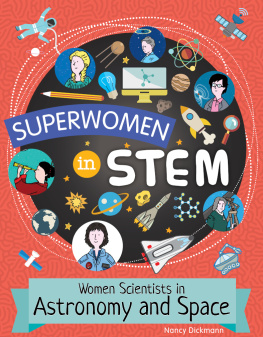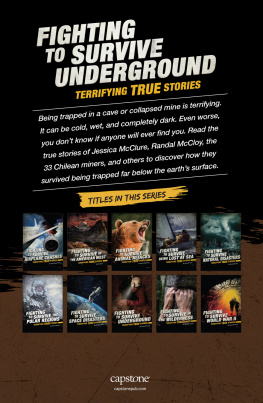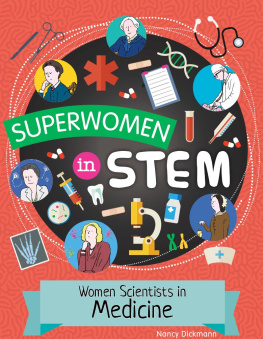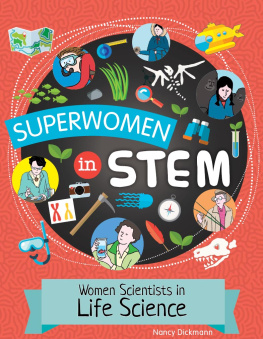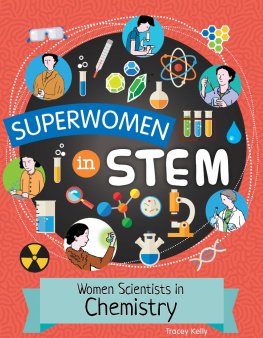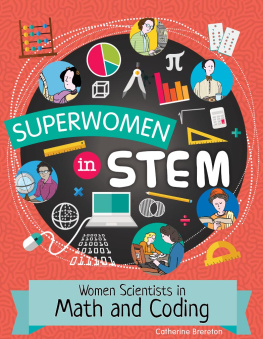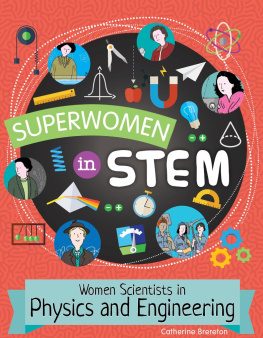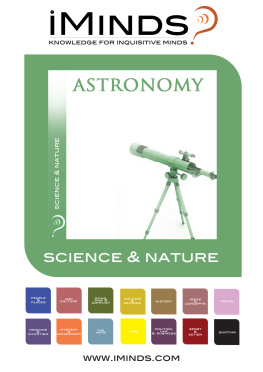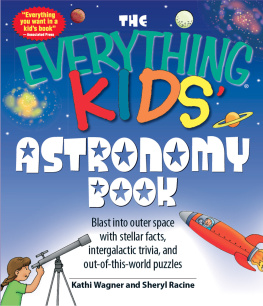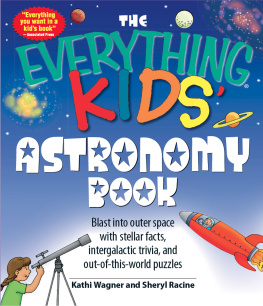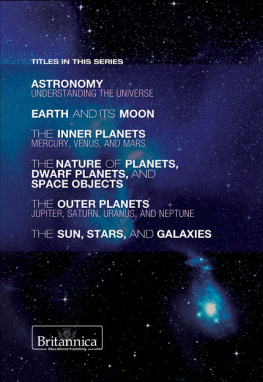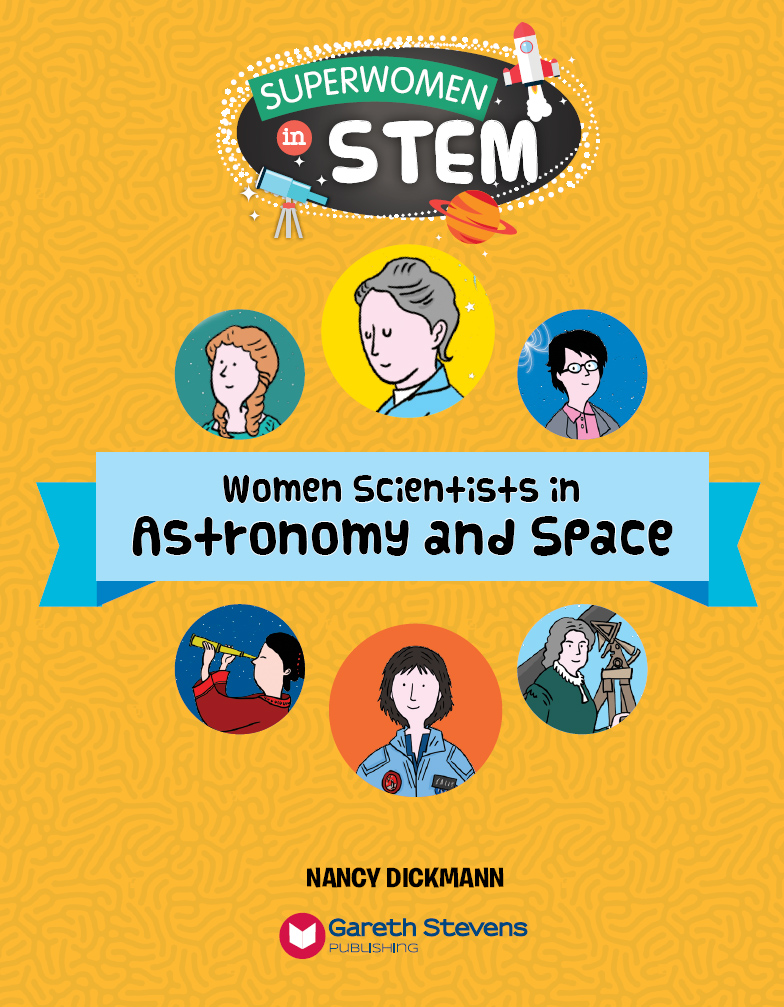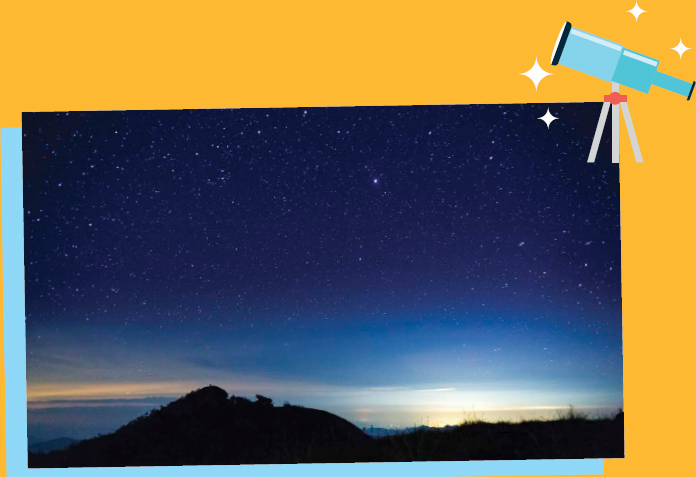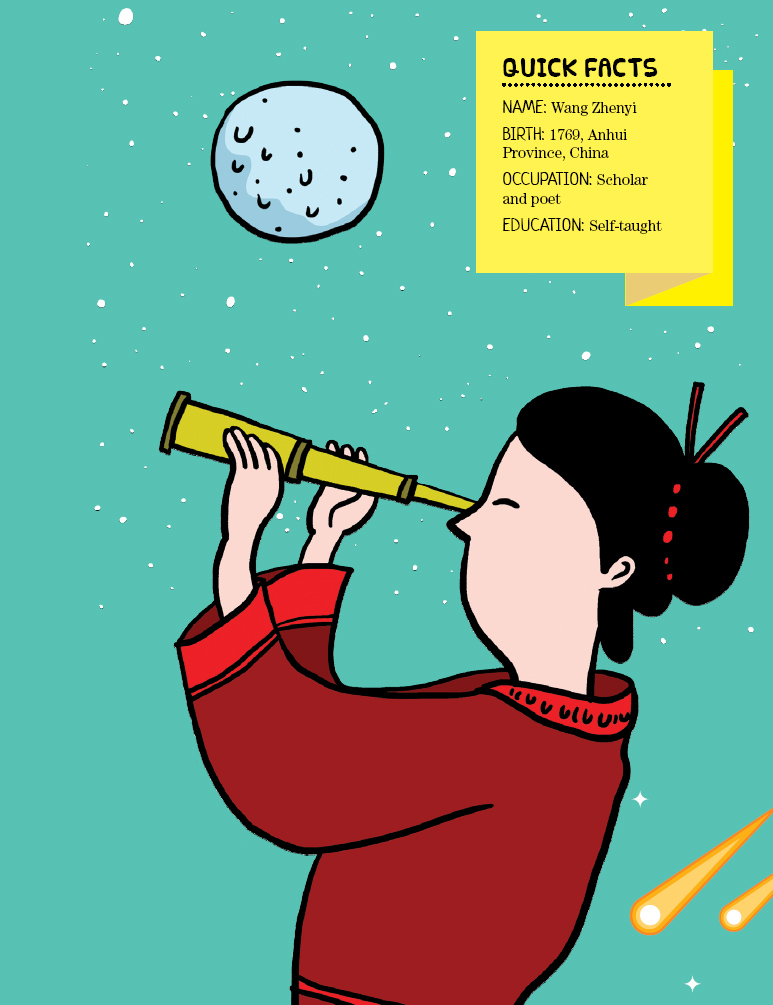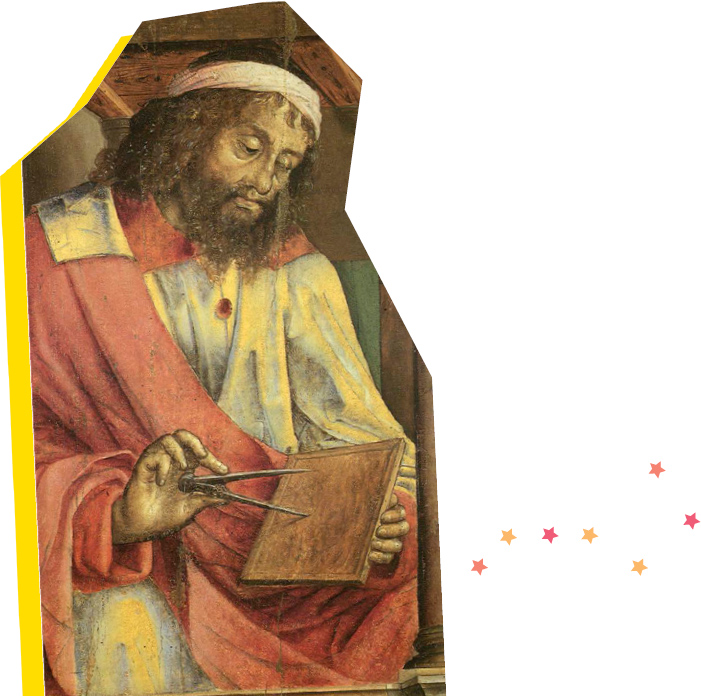Please visit our website, www.garethstevens.com.
For a free color catalog of all our high-quality books,
call toll-free 1-800-542-2595 or fax 1-877-542-2596.
Cataloging-in-Publication Data
Names: Dickmann, Nancy.
Title: Women scientists in astronomy and space / Nancy Dickmann.
Description: New York : Gareth Stevens Publishing, 2018. | Series: Superwomen in STEM | Includes index.
Identifiers: LCCN ISBN 9781538214756 (pbk.) | ISBN 9781538214039 (library bound) | ISBN 9781538214763 (6 pack)
Subjects: LCSH: Women in science--Juvenile literature. | Women astronomers--Juvenile literature. | Women scientists--Juvenile literature. Classification: LCC Q130.D53 2018 | DDC 305.435--dc23
Published in 2018 by
Gareth Stevens Publishing
111 East 14th Street, Suite 349
New York, NY 10003
Copyright 2018 Brown Bear Books Ltd
For Brown Bear Books Ltd:
Text and Editor: Nancy Dickmann
Designer and Illustrator: Supriya Sahai
Editorial Director: Lindsey Lowe
Childrens Publisher: Anne ODaly
Design Manager: Keith Davis
Picture Manager: Sophie Mortimer
Concept development: Square and Circus / Brown Bear Books Ltd
Picture Credits: Alamy: Art Collection .
Character artwork Supriya Sahai
All other artwork Brown Bear Books Ltd
Brown Bear Books has made every attempt to contact the copyright holders.
If anyone has any information please contact licensing@brownbearbooks.co.uk
All rights reserved. No part of this book may be reproduced in any form without permission in writing from the copyright holder, except by a reviewer.
Manufactured in the United States of America
CPSIA compliance information: Batch #CW18GS. For further information contact Gareth Stevens, New York, New York at 1-800-542-2595.
Contents
Looking to the Stars
Wang Zhenyi
Caroline Herschel
Maria Mitchell
Henrietta Swan Leavitt
Jocelyn Bell Burnell
Sally Ride
Timeline
Gallery
Science Now
Glossary
Further Information
Index
Looking to the Stars
For as long as humans have existed, people have gazed up at the stars. Over the centuries, the work of talented astronomers has helped us understand the universe.
A stronomy is the study of the universe. It began long ago, when ancient peoples began to track the movements of the sun, moon, planets, and stars. Soon, astronomers were keeping detailed records and taking a more scientific approach.
Ancient peoples used the stars to find their way and sometimes to tell the future.
Children studying science today will be the next generation of scientists!
UNDERSTANDING THE UNIVERSE
Most early astronomers believed that Earth was at the center of the universe, and everything else revolved around it. In the 1500s, scientists began to accept that the sun was at the center, and Earth moved around it. Around the same time, the invention of the telescope let astronomers see objects in space clearly for the first time.
Now, high-tech telescopes both on the ground and in space expand our knowledge on a daily basis. Spacecraft have traveled to all of the planets, and even beyond the solar system. But there is still a lot to learn.
MAKING THEIR MARK
For most of history, astronomers were nearly always men. Few women went to school, and they were not expected to be interested in science. Even when women did study space, their efforts were often overlooked or ignored. That is finally changing, and many of todays top astronomers are women. But they are just the most recent in a long line of determined female scientists who broke with tradition to pursue their goals.
WANG ZHENYI
 Chinese astronomer Wang Zhenyi is best known for her works on eclipses and the movement of the planets, and for her beautiful poetry.
Chinese astronomer Wang Zhenyi is best known for her works on eclipses and the movement of the planets, and for her beautiful poetry.
W ang Zhenyi was born in China in 1769, at a time when women were expected to be little more than wives and mothers. She was raised by her father and her grandparents. They loved reading and learning, and they passed this love on to Zhenyi. Her grandfather taught her astronomy, and her grandmother taught her poetry. Her father taught her other subjects, such as medicine, geography, and math. The family traveled a lot within China, and Zhenyi was able to see how other people lived.
There were times that I had to put down my pen and sighed. But I love the subject, I do not give up.
PUSHING BOUNDARIES
In China in the 1700s, girls were not educated like they are today. Instead, they were taught skills that would be useful once they were married, such as cooking and sewing. Girls like Zhenyi who came from wealthy, scholarly families might be taught literature and even science at home. But very few took it as far as Zhenyi was determined to do.
TEACHING HERSELF
Zhenyis grandfather had a large library. Some sources say that he had 75 bookshelves! He owned works by Chinese scholars, as well as translations of works by European thinkers. Instead of going to school, Zhenyi learned by reading and thinking about what she had read. She was also able to discuss ideas with other scholars, including some women.
Zhenyi read the works of the Greek mathematician Euclid, translated into Chinese.
Zhenyi read everything with a critical eye. Some of her earliest writings are reviews of other scholars work. She was very interested in math, and she wanted to make it easier for non-scholars. She wrote a simplified version of a famous Chinese math book making both the language and the calculations easier for students to understand. She firmly believed that learning was not just for men, but was for women as well.
MARRIAGE
At the age of 25, Zhenyi married Zhan Mei, who also came from an intellectual family. He supported her learning and writing, and she continued to work throughout their marriage. She had also started writing poetry. Many of her poems were inspired by things and people she had seen on her travels. The poems showed her knowledge of history and literature.
Zhenyi spent a lot of her time reading the works of other scholars, including medical books like this one.
ASTRONOMY
One of Zhenyis greatest loves was astronomy. She made careful observations of the movement of stars and planets. Using her knowledge of mathematics, she was able to explain why they moved the way they did. She was able to correct the calculations made by earlier scholars. She also wrote down her own ideas about how the universe worked. She had her own theories about the shape of Earth and why people did not fall off of it.

